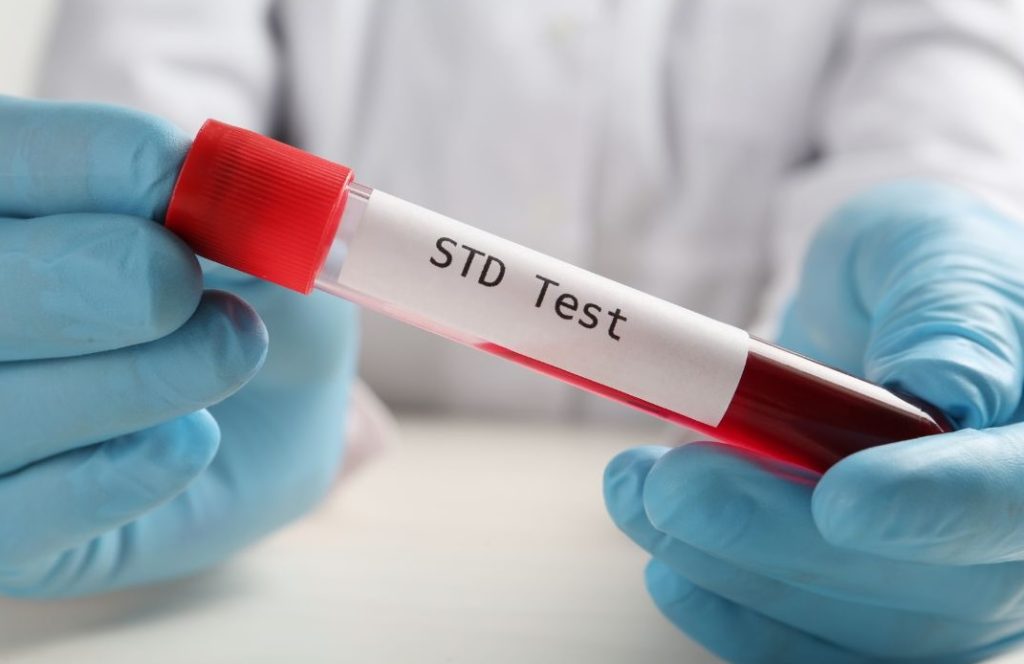Burning when you pass urine, the need to rush to the toilet, or that frustrating feeling of not quite finishing – these are the symptoms many people instantly associate with a urinary tract infection (UTI).
It seems straightforward: if you have these signs, it must be an infection. Yet that’s not always the case. In fact, a number of other conditions can look remarkably similar to a UTI, which is why misdiagnosis sometimes happens.
For those who experience repeat bouts of urinary discomfort, it can be confusing and disheartening if antibiotics don’t seem to help or the issue keeps returning. Understanding which other health conditions share these symptoms is key to getting the right support.
Here we take a closer look at some of the most common culprits that are often mistaken for UTIs – and why professional assessment matters.
Interstitial Cystitis (IC)
Interstitial cystitis, sometimes referred to as painful bladder syndrome, is a long-term condition that causes ongoing discomfort in the bladder and pelvic area.
People with IC often feel the same urgency and frequency as someone with a UTI, and may even have pain during or after urination. However, unlike a bacterial infection, there’s no invading organism behind the problem. That means antibiotics, which are usually the first line of treatment for UTIs, don’t bring relief in these cases.
Diagnosis is not straightforward and usually involves ruling out other causes. Doctors may consider medical history, run urine tests to exclude infection, and occasionally suggest specialist examinations. Because IC is chronic, management tends to focus on symptom relief rather than cure. This might include lifestyle adjustments and supportive therapies.
The overlap with UTI symptoms is the main reason it is so frequently misdiagnosed, particularly in the early stages when patients first seek help.
Vaginitis
Vaginitis describes inflammation of the vagina and can arise from several causes – yeast infections, bacterial vaginosis, or irritation from products such as soaps or perfumed hygiene sprays.
The discomfort it causes, like itching, burning, and sometimes unusual discharge, can easily be mistaken for a urinary infection. In some women, the main complaint is a burning sensation when passing urine, which feels very similar to a UTI.
The key difference lies in where the problem starts.
Vaginitis affects the vaginal area, while UTIs affect the bladder and urinary tract. Treatment depends entirely on the underlying cause, which is why a proper diagnosis matters so much. For example, a yeast infection may require antifungal treatment, while bacterial vaginosis is treated differently.
Recognising that the symptoms are not always urinary in origin helps avoid frustration and ensures women get the right care for their specific situation.
Sexually Transmitted Infections (STIs)

Some sexually transmitted infections – particularly chlamydia and gonorrhoea – can mimic the typical burning or stinging sensation that many people associate with a UTI.
In men and women, these infections may also cause increased frequency of urination, lower abdominal pain, or discomfort when passing urine. Because of this overlap, people sometimes assume they have a bladder infection and delay proper sexual health testing.
One challenge is that these infections do not always cause obvious symptoms. Chlamydia, for instance, is often silent, which makes regular screening so valuable for sexually active adults. The risk of confusing it with a UTI is real, particularly if the only sign is painful urination.
Getting tested is the only way to be sure, and sexual health clinics or online services can provide discreet options. For those who want to learn more, our guide on chlamydia explains how the infection is detected and why treatment is important.
Kidney Stones
Kidney stones are small, hard deposits that form inside the kidneys and can cause a sudden, sharp pain in the side or back. When stones move into the urinary tract, they may lead to burning, frequent urination, and even blood in the urine – all of which are also symptoms of a UTI. If the pain is mild or intermittent, it can be mistaken for infection, particularly at the start.
Unlike a UTI, kidney stones are not caused by bacteria but by minerals crystallising in the kidneys. Diagnosis usually requires imaging, such as an ultrasound or CT scan, alongside urine testing to rule out infection.
Treatment depends on the size of the stone and whether it is likely to pass naturally. Because the discomfort can resemble a UTI so closely, kidney stones are another condition that doctors keep in mind when investigating urinary symptoms.
Bladder Pain Syndrome
Bladder pain syndrome is often used as another term for interstitial cystitis, although some healthcare professionals use it more broadly to describe persistent bladder discomfort without evidence of infection. The key feature is ongoing pain or pressure in the bladder area that does not improve with antibiotics.
The lack of a clear bacterial cause means management focuses on symptom control – often through lifestyle changes, dietary adjustments, and supportive therapies rather than medication. For those living with this condition, the experience can be frustrating because it looks and feels very similar to a UTI but doesn’t respond in the same way. Recognising it as a separate issue is essential for moving towards appropriate management rather than repeated courses of antibiotics that won’t help.
Overactive Bladder (OAB)
Overactive bladder is another condition that can be confused with a urinary tract infection. The hallmark symptoms are sudden, strong urges to urinate and the need to go more often than usual, sometimes including waking frequently during the night. Because urgency and frequency are also associated with UTIs, many people initially assume they have an infection.
The difference is that an overactive bladder is not driven by bacteria or inflammation. Instead, the bladder muscles send signals at the wrong time, causing the urge to urinate even when the bladder isn’t full. Diagnosis usually involves ruling out infection and other causes, and management may include lifestyle adjustments such as bladder training, fluid management, or sometimes physiotherapy.
Knowing that urinary urgency does not always point to infection helps people avoid unnecessary antibiotic treatments.
Pelvic Floor Dysfunction
The pelvic floor is a group of muscles that support the bladder, bowel, and reproductive organs. When these muscles become too tense, weak, or poorly coordinated, they can create symptoms resembling urinary problems. People with pelvic floor dysfunction may feel like they need to pass urine frequently or struggle with incomplete emptying, leading to the impression of a UTI.
Because these muscles play a role in bladder control, issues here can easily be misinterpreted as a urinary infection. In reality, the cause lies in muscle tension or coordination. Treatment often involves physiotherapy or guided exercises to retrain the muscles. Without careful assessment, these cases can be mistaken for recurrent UTIs, when in fact the bladder itself is not infected at all.
Burning, urgency, and frequent urination are symptoms that many people instantly connect with a urinary tract infection – yet, as shown above, several other health issues can look remarkably similar. Interstitial cystitis, vaginitis, sexually transmitted infections, kidney stones, bladder pain syndrome, overactive bladder, and pelvic floor dysfunction all share overlapping signs. It’s important to remember that while the symptoms may feel the same, the causes – and the right treatments – are very different.
If you notice urinary symptoms that keep coming back, or if antibiotics don’t seem to help, seeking professional advice is the safest step.
At WePrescribe, we provide discreet, clinically guided support to help you understand your symptoms and access care confidently. Learn more about cystitis UTI treatments and explore how our service works for peace of mind now and in future.


